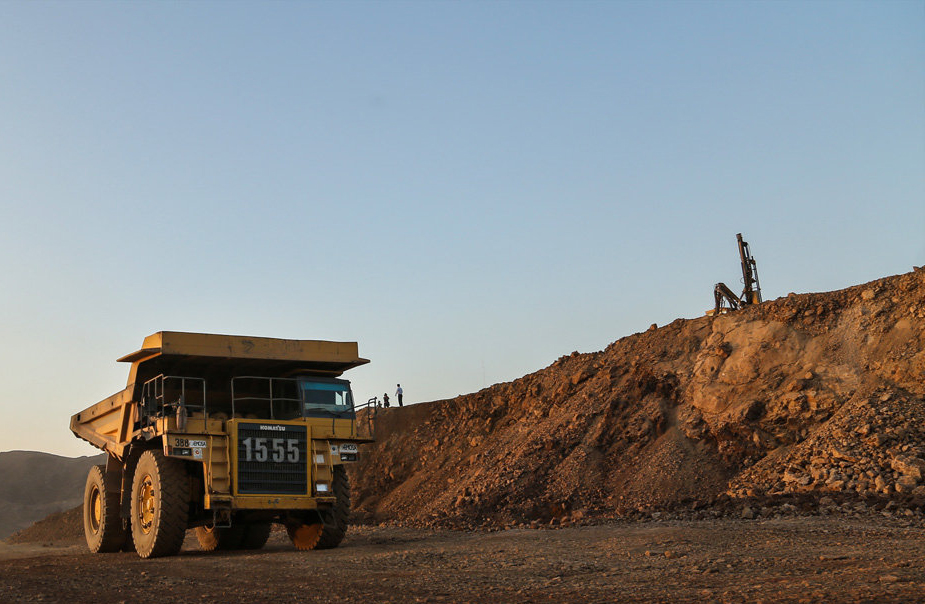The government plans to slap duties on unprocessed iron ore exports as of the next Iranian year (to start March 20, 2017). This is while the industry players contend that exports are their last remaining lifeline, amid the unbalanced domestic market, and that the downstream sectors are not capable of absorbing all of the country’s ore output.
Miners and lawmakers have been locked in a heated debate over the issue of unprocessed mineral exports, especially iron ore for years. Government officials believe that Iran’s rising steelmaking capacity, which is expected to reach 55 million tons by the end of 2025, requires a steadily increasing feedstock of iron ore and that exporting the material is against the industry’s interests.
On the other front, Iranian iron ore miners, many of whom belong to the private sector and suffered during the 2015 commodity market recession, hold that the looming specter of bankruptcy can only be averted through exports.
They argue that commodity prices have started to recover globally and that Iranian iron ore concentrate and pellet-making plants are not able to make full use of domestic ore output.
Troubled Mines
Iran holds about 5.2 billion tons of estimated and 2.8 billion of proven iron ore reserves. There are 156 mines across the country.
According to Sajjad Ghoroghi, a member of Iron Ore Producers and Exporters Association of Iran, over 60% (93) of Iranian mines hold less than 1 million tons of iron ore and are mostly operated by the private sector.
Furthermore, 26% (41) of the mines have 1 to 10 million tons, 4% (7) hold 10 to 50 million tons and 5% (8) boast reserves of more than 50 million tons. Larger mines are either completely state-owned or semi-privatized.
The official said small and medium iron ore mines account for only 5% of Iran’s total reserves, while constituting 24% of Iran’s total annual ore production.
Only 19 mines are currently operational out of a total of 156, indicating an 84% decline in the number of active mines compared to 2013–the sector’s boom period.
According to Ghoroghi, Iran produces 39 million tons of iron ore per year.
Iron Ore’s Global Comeback
Iron ore prices have more than doubled compared to all-time lows some 11 months ago.
Spot iron ore with 62% content jumped 7.7% on Friday to $79.81 per ton, rising 22% this November. The bulk commodity has gained more than 80% this year and soared 102% since this year’s lows of $39.51 per ton in January, according to Business Insider Australia.
It is the largest percentage gain since April 21 and the largest in dollar terms since March 7 when it jumped $9.99 per ton.
Iranian iron ore CFR China with 60% content recorded a 4.78% rise to $61.11 compared to Wednesday.
The breakeven point of Iranian iron ore mines is around $50-55 per ton, according to Keyvan Jafari Tehrani, the head of International Affairs Department at IROPEX.
“For the cash-strapped private Iranian iron ore miners, the best time for bolstering exports seems to be now. That is why IROPEX plans to boost iron ore exports to 15 million tons by the end of the current Iranian year before the new regulations take effect,” the head of IROPEX, Qadir Qiafeh, said.
In 2015, Iran exported 14.8 million tons of iron ore, down 35% compared to 21.8 million tons in 2014 and was ranked the world’s 11th leading exporter of the steelmaking material.
Most of Iran’s iron ore exports were shipped to China. In 2015, exports to China decreased by 40% from 2014 to 13.2 million tons owing primarily to prevailing low global iron ore prices.



